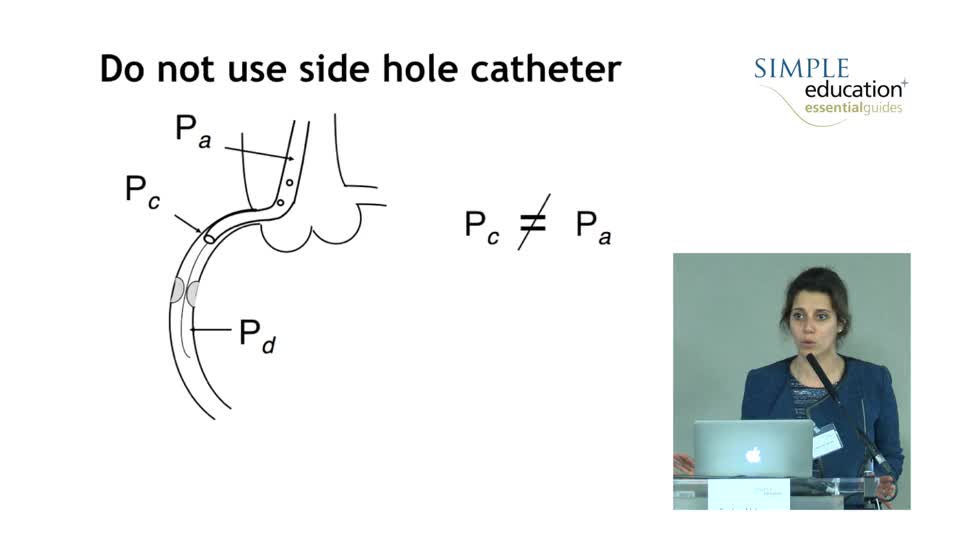





Assessment and Treatment of Diffuse and Tandem Coronary Stenoses - Dr. Sukhjinder Nijjer
Summary
Speaker: Dr Sukhjinder Nijjer, Imperial College Healthcare NHS Trust, London, UK
Dr Sukhjinder Nijjer discusses the role of physiology in patients with diffuse and tandem coronary artery...
Summary
Speaker: Dr Sukhjinder Nijjer, Imperial College Healthcare NHS Trust, London, UK
Dr Sukhjinder Nijjer discusses the role of physiology in patients with diffuse and tandem coronary artery disease.
Key learning objectives:
- Using FFR where tandem lesions are present, it is difficult to discriminate true physiological stenosis severity
- iFR-Scout is easy to perform and measures physiological significance along the length of the artery without the need for adenosine
- iFR is relatively independent of influence for tandem lesions within the normal autonomic range
- iFR-Scout can be used to predict the likely post-PCI physiology result
Simple Education, is a leading provider of coronary physiology and intracoronary imaging courses to aid treatment of complex coronary artery disease.
Speakers
Dr Sukhjinder Nijjer is a Consultant Cardiologist and Honorary Senior Clinical Lecturer at... Dr Sukhjinder Nijjer is a Consultant Cardiologist and Honorary Senior Clinical Lecturer at Imperial College London. He is the President of Cardiology at the Royal Society of Medicine and is the Communication Lead for the British Cardiovascular Intervention Society. He works at the Hammersmith Hospital as an Interventional Cardiologist and is an expert in Coronary Physiology. His PhD research focused on the development of instantaneous wave-free ratio (iFR) pullback and co-registration. He has published over 100 original academic papers and has involved in the DEFINE-FLAIR, SYNTAX-II and ORBITA-1 and ORBITA-2 research studies.








